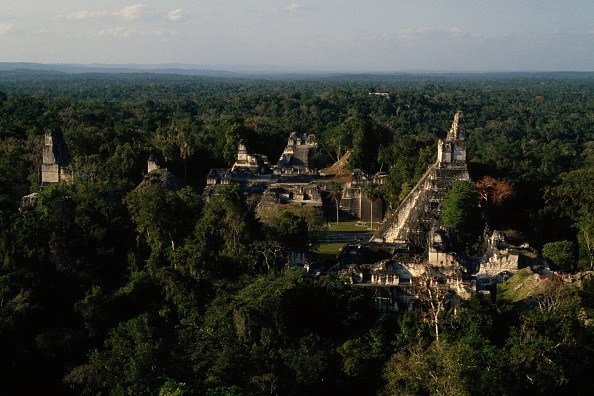Canadian teen locates lost Mayan city using satellite images and ancient astronomy

A 15-year-old boy is reported to have found the location of a lost Mayan City, recently. William Gadoury, from Quebec, Canada used ancient astronomy and new age geo-tracking technology to discover the location of a long forgotten Mayan city, hidden in the depths of the jungles of Mexico.
The Canadian teenager came up with the theory, which proposes that the Mayans chose locations for building their towns and cities corresponding to some major Mayan constellations. Using satellite images provided by the Canadian Space Agency, he located a hitherto unknown Mayan city on Google Earth, which he has named K'aak Chi or Mouth of Fire. William has been awarded a medal of merit by the Canadian Space Agency for his revolutionary theory and his discovery.
The teenager is slated to present his findings at Brazil's International Science Fair in 2017 and his discovery will also be published later in a scientific journal.
When asked what prompted him to come up with his theory, William said, "I did not understand why the Maya built their cities away from rivers, on marginal lands and in the mountains. They had to have another reason, and as they worshiped the stars, the idea came to me to verify my hypothesis.
"I was really surprised and excited when I realised that the most brilliant stars of the constellations matched the largest Maya cities," he added.
The Canadian Space Agency's Daniel De Lisle told Le Journal de Montreal: "What is fascinating about the project of William, is the depth of the research. Linking the position of the stars and the location of the lost city and the use of satellite images on a tiny territory to identify the remains buried under dense vegetation is exceptional!"
After analysing 22 Mayan constellations, he found that, when connected to a map, the shape of each of the constellations corresponded to the exact position of 117 Mayan cities. On further analysing a 23<sup>rd constellation, the teenager proposed, that according to his theory, a 118<sup>th city should ideally be located in a fairly remote part of the Yucatan Peninsula of Mexico.
Remote sensing specialist, Dr. Armand LaRocque of the University of New Brunswick said, "The discovery of hidden human structures in the Yucatan jungle was not easy, but the use of satellite images, as well as the contribution of the digital image processing have helped identify these structures and to confirm their possible existence, although they were forgotten for hundreds of years."
© Copyright IBTimes 2025. All rights reserved.






















